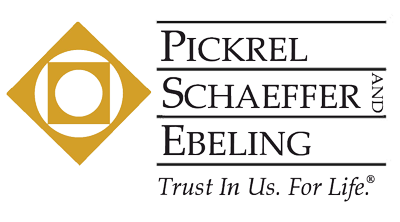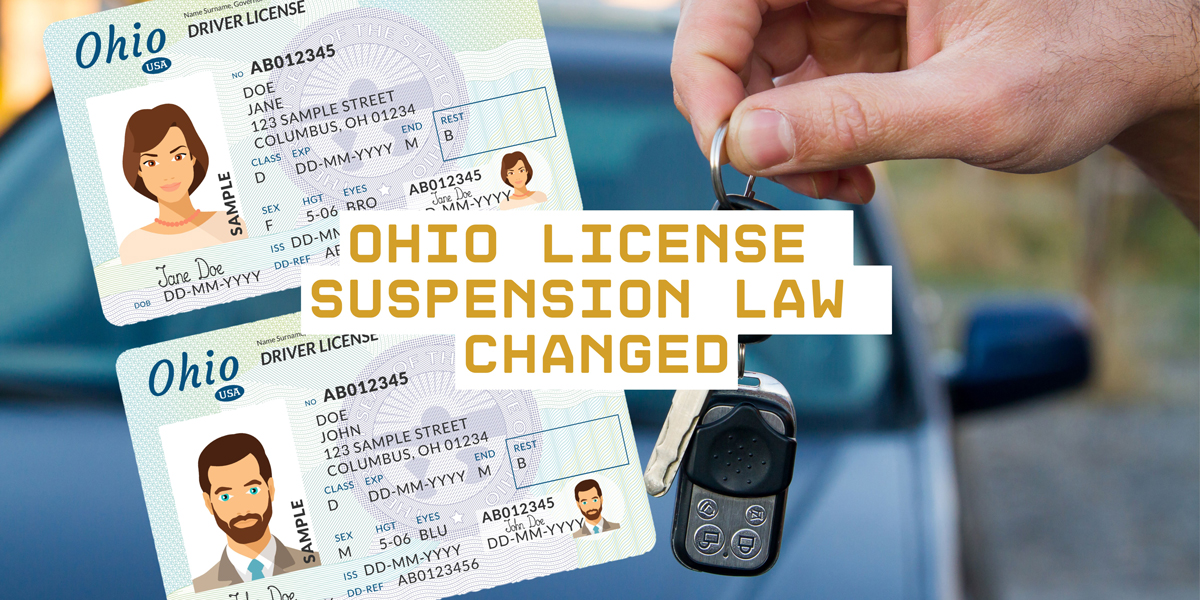There are many things business owners need to do when they close their business. Below is a checklist of tax-related items that need to be done.
File a final tax return and related forms. The type of return to file and related forms depends on the type of business. The various types of business entities and the appropriate tax return are below:
Sole Proprietorship. A sole proprietorship is an individual who is the sole owner of an unincorporated business. Such a business reports its income and expenses on Schedule C (Profit or Loss from a Business) of the owner’s Form 1040 income tax return. In addition to Schedule C, the sole proprietor may need to file a Form 4797 (Sale of Business Property) to report sale or discontinuance of use of Section 179 depreciable property and Form 8545 (Asset Acquisition Statement) to report the sale of the business and its assets.
Partnership. A partnership is a relationship between two or more partners to conduct a trade or business. Partnerships report their income and expenses on Form 1065 (U.S. Return of Partnership Income). Partnerships must report the business’s closure by filing a final Form 1065. On the final return, partnerships should: (i) report capital gains and losses from the sale Schedule D of Form 1065; (ii) check the “final return” box (near the top of the front page of the Form 1065 return below the name and address; and (iii) check the “final return” box on Schedule K-1 (Partner’s Share of Income, Deductions, Credits, Etc) of the Form 1065. Partnerships may also need to file Form 4797 and/or Form 8549 with their final return.
Corporations. A corporation, including a corporation that has elected to be treated as an “S” corporation that is closing down, should file Form 966 (Corporate Dissolution or liquidation) after adopting a resolution or plan to dissolve the corporation or liquidate any of its stock.
“C” Corporation. A Corporation that has not elected to be treated as an “S” corporation needs to file a final tax return on Form 1120 (U.S. Corporation Income Tax Return) for the year the business closes. Indicate on Form 1120 that the return is the corporation’s final return by checking the “final return” box, which is near the top of the front page of the return, below the name and address. The corporation should report capital gains and losses from the sale of the business assets on Schedule D to Form 1020. The corporation may also need to file Form 4797 and/or Form 8549 with its final return.
“S” Corporation. A corporation that has elected to be treated as an “S” corporation needs to file a final return on Form 1120-S (U.S. Income Tax Return for an S Corporation) for the year the business closes. Indicate on Form 1120S that the return is the corporation’s final return by checking the “final return” box, which is near the top of the front page of the return, below the name and address. The S corporation should report capital gains and losses from the sale of business assets on Schedule D to the Form 1120-S and needs to remember to check the “final return” box Schedule K-1 (Shareholder’s Share of Income, deductions, Credits, Etc) to Form 1120-S. The S corporation may also need to file Form 4797 and/or Form 8549 with its final return.
IMPORTANT NOTE: A limited liability company (LLC) is a business entity organized under state law that can choose its classification for federal income tax purposes. Depending on the number and identity of the owners, an LLC can elect to be treated as a partnership, a corporation, an “S” corporation, or a disregarded entity.
Report Compensation Payments. A business with one or more employees must pay any final wages or compensation, make final federal tax deposits and report employment taxes. Failure to withhold and deposit employment taxes may result in the IRS assessing responsible parties (owners, officers, managers) a trust fund recovery penalty equal to the unpaid employment taxes. A business should file:
- Form 941 (Employer’s Quarterly Federal Tax Return) or Form 944 (Employer’s Annual Federal Tax Return) for the quarter in which the business made final wage payments and: (i) check the box to tell the IRS the business has closed and enter the date final wages were paid on line 17 of Form 941 or line 14 of Form 944; and (ii) attach a statement to the return showing the name of the person keeping the payroll records and the address where those records will be kept.
- Form 940 (Employer’s Annual Federal Unemployment Tax Return) for the calendar year in which the business paid final wages. Check box “d” in the Type of Return section.
- Form W-2 (Wage and Tax Statement) for the year the employees are paid their final wages. Forms W-2 are due to the employees by the due date of the final Form 941 or Form 944. Final Forms W-2 can be electronically filed with the Social Security Administration.
- Form 8027 (Employer’s Annual Information Return of Tip Income and Allocated Tips) to report tip income and allocated tips.
Terminate Retirement and Health Benefit Plans. A business that provides its employees with a pension or retirement benefit plan should consult the IRS guidance on terminating a retirement plan at https://www.irs.gov/retirement-plans/terminating-a-retirement-plan. Businesses that provide Health Savings Accounts or similar health care programs should review IRS Publication 969 at https://www.irs.gov/forms-pubs/about-publication-969.
Report Contract Worker Payments. Businesses that pay contractors at least $600 a year for services, including parts and materials, must report those payments made to each contractor during the calendar year in which they go out of business. Businesses file Form 1099-NEC (Nonemployee Compensation) to report such contractor payments.
Cancel EIN and Close IRS Business Account. The Business owners should notify the IRS that the business has stopped doing business so the IRS can close the business’s tax account. To cancel an employer identification number (EIN) and close a business’s tax account, the business needs to send the IRS a letter that includes: (i) the complete legal name of the business, (ii) the business’s EIN, (iii) the business address; and (iv) an explanation of why the business wants to close the account. The business should also enclose a copy of the EIN assignment notice (CP575) it received from the IRS with the cancellation letter. Send both documents to the IRS at the address where the business files its tax returns. Note that the IRS won’t close the business account until all necessary returns have been filed and all taxes owed are paid. So a business that wants to close its tax account most likely needs to pay any taxes before they are technically due.
Keep Business Records. How long a business needs to keep records depends on what’s recorded in each document. Generally, records relating to property should be retained until the period of limitations expires for the year in which you dispose of the property. The period of limitations for taxes is the period in which the business can amend its tax return to claim a credit or refund, or the IRS can assess additional tax. Generally, we recommend holding tax-related materials at least seven years, and employment-related items should be kept for a minimum of 4 years.
If you want to dissolve your corporation, LLC, or partnership or have questions about closing a business, please get in touch with Jeff Senney at 937-223-1130 or JSenney@PSELaw.com.













